Best Practices Articles

5 Tools That Your Channel Marketing Software Needs
This article is focused on the core tools your channel marketing software needs for you to succeed. But first, bear with me for just a few minutes and consider where the world was a century ago when it comes to channel marketing. Certainly, there was no channel marketing software, but there definitely was channel marketing. Someone told me the other day that Isaac Singer, the father of Singer sewing machine, built a channel to sell his products through a network of dealers. He created pamphlets for his resellers to distribute, and trained them on how to demo the product and sell it to make money. He apparently created multiple channels for distributing his product—not just in the US, but also in other parts of the world. And that was almost 150 years ago.
Well, times have changed. Gone are the days when you can simply print pamphlets for your resellers to use in order to effectively pitch your product and train them all face-to-face. In our distributed digital age, where relationships are born and bred on the cloud, it is essential to have state-of-the-art channel marketing software with the right tools to ensure your resellers (aka channel partners) can market and sell properly.
Let’s explore here the most important tools you need for your channel marketing software to be effective.
- First, your channel marketing software needs a digital search marketing management capability. You should be able to load various paid search words, and access various ad networks— such as Google AdWords, LinkedIn and Facebook—and the software should allow partners to run search campaigns with a few clicks and tie their credit cards accounts or MDF-approved funds to those transactions. You need a simplified interface that manages this engagement end-to-end.
- Second, you need a rich social media marketing capability in your channel marketing software. Like search, social marketing drives inbound traffic, and it is incredibly important for your channel partners to tap into your social media content. Partners should be able to auto-select or manually select social streams and syndicate them seamlessly via their own social networks. This will amplify your reach exponentially.
- Third, your channel marketing software needs a robust multi-touch email marketing engine. You should be able to set multi-touch drip campaign rule sets, load up content and campaigns, and enable your partners to upload lists and market to their prospects and customers in a logical and sequential way. The goal is to engage end users through logical multi-touch content, and draw them into face-to-face conversations. To take the multi-touch experience to the next level, your channel marketing software should also provide landing page and microsite capabilities.
- Fourth, your channel marketing software should also have a multi-touch event engine. Most channel partners run a lot of events to drive awareness and/or train their customer base with virtual or face-to-face events. Your channel marketing software should be able to provide this capability with easy-to-use tools. As part of this capability, it is essential that you also have a complete RSVP management process, where registration, reminders, and post-event emails and surveys can be sent automatically without partners having to lift a finger.
- Fifth, your channel marketing software must include a web content syndication engine. There’s a reason I list this last: Basic syndication of content is not good enough, because most partners do not drive sufficient traffic to their website. If you do, then you don’t have a challenge. But if your channel comprises lots of small businesses, it’s very likely that many of them lack sufficient traffic. If that’s the case, you should 1) make sure you have a solid channel marketing software platform that covers the first four tools covered here so that partners have the ability to drive traffic via inbound and outbound methods, and 2) make the partner website an additional destination site with your syndicated content.
With these five core tools, your channel marketing software should be able to drive integrated campaigns and traffic to your partner’s websites and sales reps by leveraging content from your campaign team. I do want to mention one last tool that is very important and can be used by both marketing and sales reps from your partner team: If your channel marketing software has co-branded asset management capabilities, then your partners can easily co-brand print-quality assets and download them either for digital distribution via email or other means, or print them for physical distribution.
I began this article by citing the channel marketing innovations of Isaac Singer, who used pamphlets to market his product via the channel. It’s interesting to point out that printed materials are not totally dead, even today. They can be effective augmentation tools that are useful at various points of purchase, events and other customer meeting environments. However, as we move to more and more digital content, your channel marketing software should be able to give you and your partners the ability to leverage assets both in digital and physical form. If Mr. Singer were alive today, I am sure he would rapidly embrace all the digital tools, no matter how nostalgic he might be for his pamphlets.
Best Practices Guidebook
 Startup Talent Recruitment: Hiring Missionaries, Not Mercenaries
Startup Talent Recruitment: Hiring Missionaries, Not MercenariesDownload for FREE
 The Future of Partner Relationship Management with AI in Partnerships
The Future of Partner Relationship Management with AI in PartnershipsDownload for FREE
 Cybersecurity for the 99%: Strategies from the Frontline
Cybersecurity for the 99%: Strategies from the FrontlineDownload for FREE
 Mastering Partner Relationships: A Strategic Approach to Business Growth
Mastering Partner Relationships: A Strategic Approach to Business GrowthDownload for FREE
 The Smart Manufacturing Playbook: Industry 4.0 Transformation
The Smart Manufacturing Playbook: Industry 4.0 TransformationDownload for FREE
 Mastering Partner Relationship Management: Keys to SaaS Channel Success
Mastering Partner Relationship Management: Keys to SaaS Channel SuccessDownload for FREE
 Navigating the AI Revolution: Guide for Partners in the Microsoft Ecosystem
Navigating the AI Revolution: Guide for Partners in the Microsoft EcosystemDownload for FREE
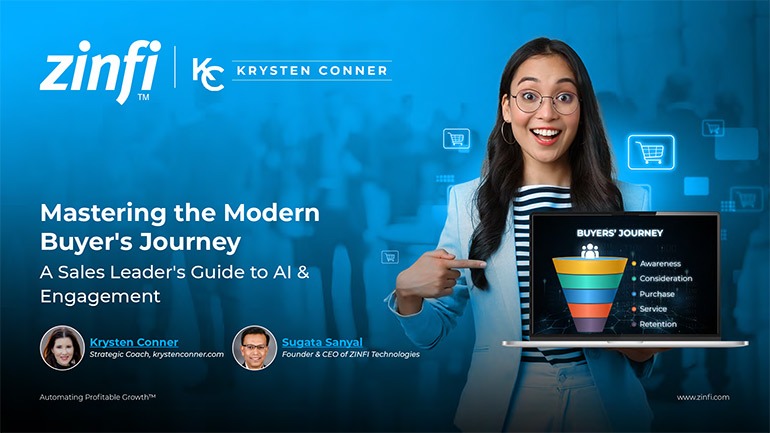 Mastering the Modern Buyers Journey: Sales Leader’s Guide to AI & Engagement
Mastering the Modern Buyers Journey: Sales Leader’s Guide to AI & EngagementDownload for FREE
 Hybrid Cloud and Edge AI Computing Impacting the Future of PRM
Hybrid Cloud and Edge AI Computing Impacting the Future of PRMDownload for FREE
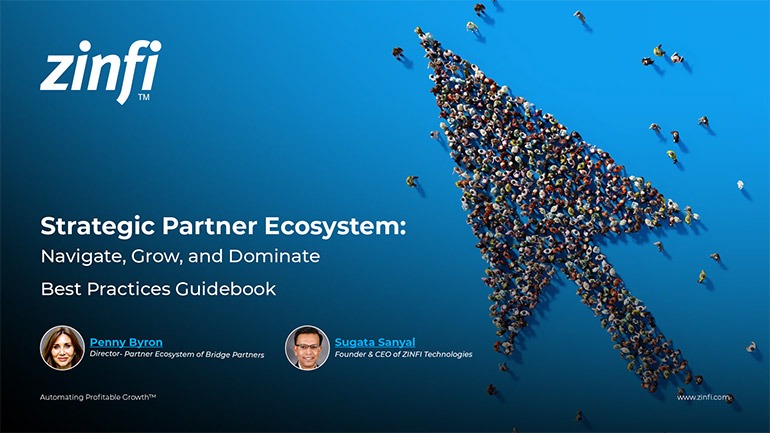 Strategic Partner Ecosystem: Navigate, Grow, and Dominate
Strategic Partner Ecosystem: Navigate, Grow, and DominateDownload for FREE
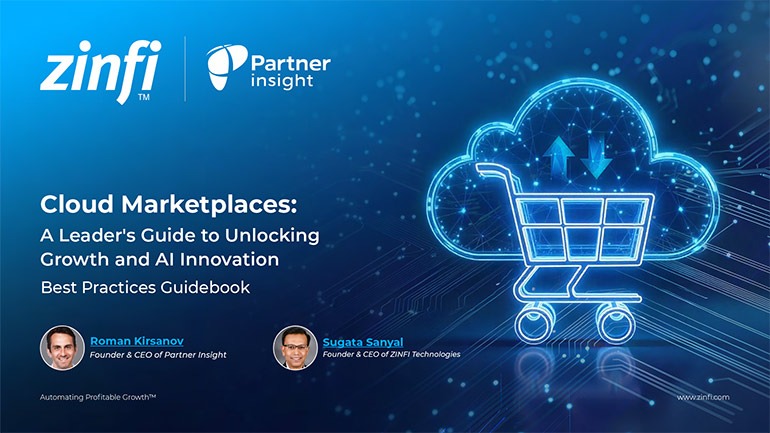 Cloud Marketplaces: Leader’s Guide to Unlocking Growth and AI Innovation
Cloud Marketplaces: Leader’s Guide to Unlocking Growth and AI InnovationDownload for FREE
 Getting More From Partner Performance: Guide to Measuring What Matters
Getting More From Partner Performance: Guide to Measuring What MattersDownload for FREE
 Guide to Modern Partner Relationship Management & Ecosystem Growth
Guide to Modern Partner Relationship Management & Ecosystem GrowthDownload for FREE
 Debunking the Entrepreneurship Myth Best Practices
Debunking the Entrepreneurship Myth Best PracticesDownload for FREE
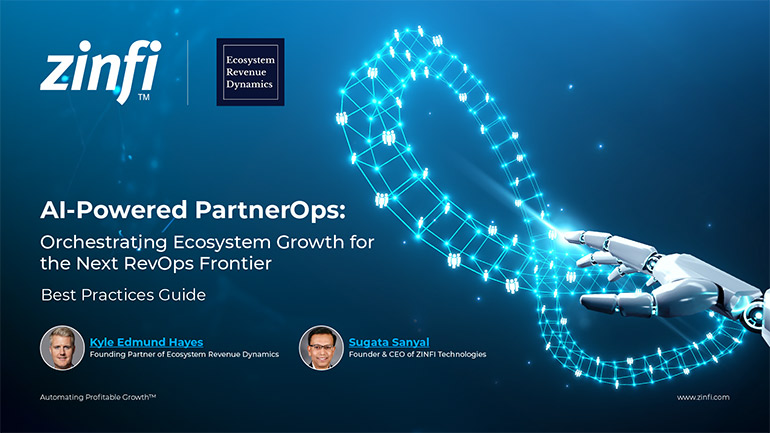 AI-Powered PartnerOps: The Next RevOps Frontier Best Practices
AI-Powered PartnerOps: The Next RevOps Frontier Best PracticesDownload for FREE
 Humanizing Brands: Guide to Strategic Partnering Best Practices
Humanizing Brands: Guide to Strategic Partnering Best PracticesDownload for FREE
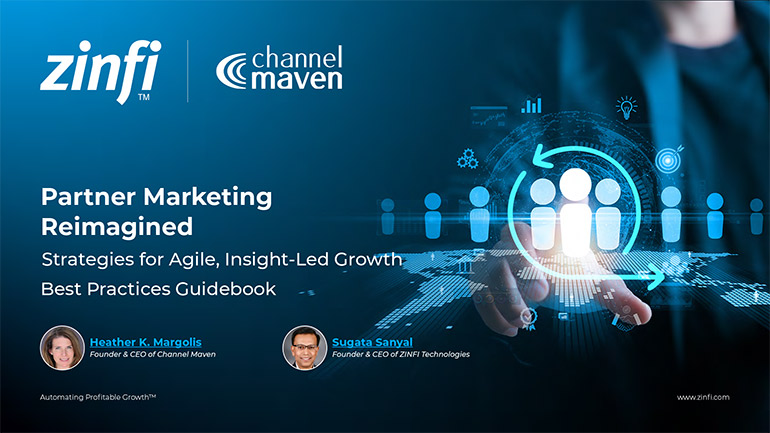 The AI-Powered Partner Ecosystem Best Practices
The AI-Powered Partner Ecosystem Best PracticesDownload for FREE








